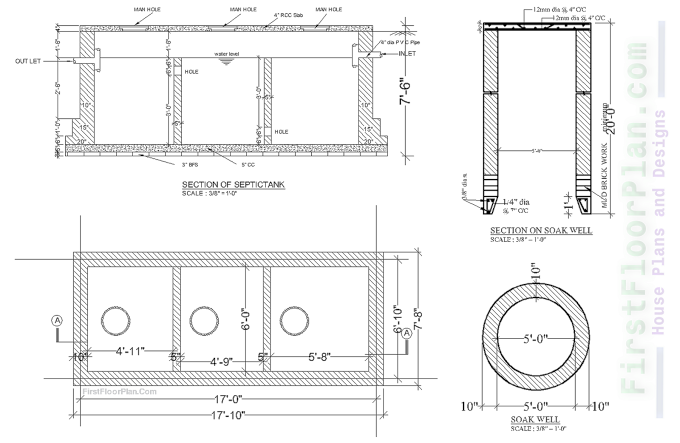How to Design a Restaurant HVAC Fire Protection project?
Designing a
fire protection system for a restaurant's HVAC (Heating, Ventilation, and Air
Conditioning) is crucial to ensure the safety of the customers, staff, and
property. Here's a simplified guide to help you understand the key steps in
designing such a system:
Understanding the Risks: Before designing the system, it's important to
understand the potential fire hazards in a restaurant. These may include
cooking equipment, electrical appliances, and flammable materials like grease
and oil.
Regulatory Compliance: In India, restaurants must comply with fire safety
regulations set by local authorities. These regulations outline the
requirements for fire protection systems, including HVAC systems, based on the
size and layout of the establishment.
Assessment of HVAC System: The HVAC system plays a crucial role in fire
protection as it circulates air throughout the restaurant. A qualified HVAC
technician should assess the system to ensure it meets safety standards and
identify any potential risks or vulnerabilities.
Installation of Fire Dampers: Fire dampers are devices installed
within HVAC ductwork to prevent the spread of fire and smoke. These dampers
automatically close when they detect heat, limiting the fire's ability to
travel through the ducts.
Smoke Detectors and Alarms: Smoke detectors should be installed throughout the
restaurant, including in areas serviced by the HVAC system. These detectors
trigger alarms when they detect smoke, alerting occupants to evacuate the
premises.
Sprinkler Systems: In addition to HVAC-specific measures, restaurants may also
require sprinkler systems for fire protection. These systems activate when they
detect high temperatures, releasing water to suppress the fire.
Emergency Exits and Evacuation Plans: Designing a fire protection system
also involves planning for emergency exits and evacuation routes. Clear signage
should be installed to direct occupants to exits, and staff should be trained
on evacuation procedures.
Regular Maintenance: Once the fire protection system is installed, it's
essential to schedule regular maintenance to ensure its effectiveness. This
includes testing smoke detectors, inspecting fire dampers, and servicing
sprinkler systems.
Training and Education: Proper training and education are essential for restaurant
staff to respond effectively in the event of a fire. Staff should be trained on
how to operate fire extinguishers, evacuate customers safely, and follow
emergency procedures.
Review and Update: Fire protection systems should be periodically reviewed and
updated to ensure they remain effective and compliant with regulations. Changes
to the restaurant layout or operations may necessitate modifications to the
system.
Download AutoCAD File: Restaurant
HVAC Fire Protection project
More AutoCAD Files: Petrol
or Fuel stationery blocks
In
conclusion, designing a fire protection system for a restaurant's HVAC requires
careful planning, assessment, and compliance with regulations. By taking these
steps and prioritizing safety, restaurant owners can create a safer environment
for customers, staff, and property.














2 Comments
Looking for a Restaurant HVAC Fire Protection project in AutoCAD? Although finding free downloads can be tricky, Expert online AssignmentHelper Canada offers expert assistance in creating and optimizing your files. Our services ensure accurate, high-quality designs tailored to your needs, simplifying your project.
ReplyDeleteI'm studying to be an engineer and studying modeling. I love doing projects like this. But when it comes to writing assignments like coursework, I panic. I’m glad that I turned for dissertation proposal writing help and now I regularly use this service. Thanks to the writers, I complete such assignments on time and I can do modeling without worry.
ReplyDeleteWrite Your Comment Here..